Preparedness Saves Lives. Start Today.
Wherever you live or work, disaster risk is real. Learn how to protect your family, your workplace, and your peace of mind with our expert resources, survival kits, and space-readiness consultations.
Preparedness Saves Lives. Start Today.
Wherever you live or work, disaster risk is real. Learn how to protect your family, your workplace, and your peace of mind with our expert resources, survival kits, and space-readiness consultations.
Key Disaster Insights
It is a long established fact that reader distracted by the the readable content off page looking at its layout point.
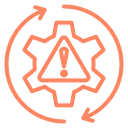
Major Disasters: 5–6 per year
Large-scale disasters occur annually in Canada.
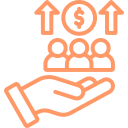
Disaster Cost: ~C$2.2B/year
Average yearly economic loss in the past decade.

Evacuations: 13,000+ yearly
People evacuated due to wildfires (historic average).
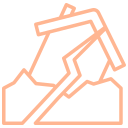
Only 50–60% Insured
Remainder of disaster losses paid by public & government.

Rising Costs & Climate Link
12.5× increase in disaster costs; 70% tied to climate since 2000.

Major Floods: 10+ per Decade
Causing over C$100M in damage each.
Essential Emergency Supplies
Don’t wait for a disaster to strike. Stock up on the essentials you need to keep your family safe.
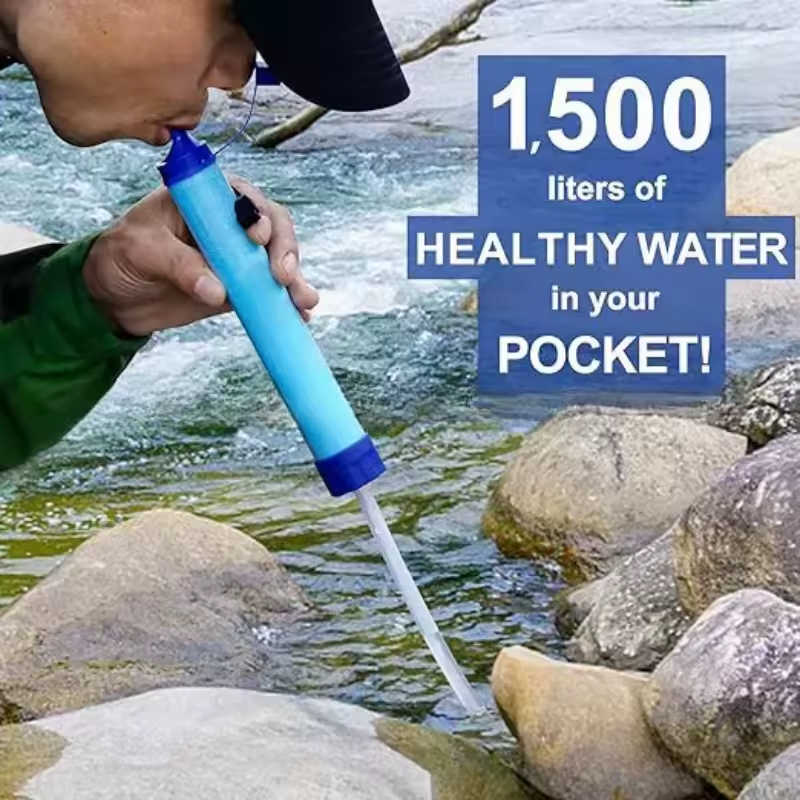
$9.00 Original price was: $9.00.$8.19Current price is: $8.19.

$20.00 Original price was: $20.00.$18.93Current price is: $18.93.

$18.00 Original price was: $18.00.$16.31Current price is: $16.31.
Submit Floor Plan for Disaster Safety
PDF, PNG, or JPG files accepted (max 5MB).
Top Disasters in Canada
Discover the most common natural disasters affecting communities across Canada—and how you can stay prepared.
Wildfires
Exogenic terrestrial hazards fueled by heat, drought, or human activity; they devastate ecosystems, infrastructure, and air quality.
Wildfires
Canada sees ~8,000 wildfires annually, burning ~2 M ha on average, with the 2023 season hitting a record 18.5 M ha and displacing 185,000–232,000 people
Wildfire Safety Guide
×🔥 Preparedness
- Create a 30-100 foot defensible space around your home
- Use fire-resistant materials for roofing and siding
- Install spark arresters on chimneys
- Prepare an emergency kit with N95 masks and supplies
- Develop a family evacuation plan with multiple routes
🚨 Emergency Response
- Evacuate immediately if authorities issue orders
- If trapped, call 911 and stay in a cleared area
- Wear N95 masks to reduce smoke inhalation
- Close all windows and doors
- Shut off gas at the meter
🏡 Recovery
- Return only when officials declare the area safe
- Wear protective clothing during clean-up
- Document all damage for insurance claims
- Be alert for hot spots and gas leaks
- Seek emotional counseling if needed
Floods
Floods are among the most common natural disasters. Even shallow water can be dangerous. Learn how to stay safe during flood emergencies.
Floods
Canada experiences 10+ major floods per decade, each causing over C$100 million in damages.
Flood Safety Guide
×🌊 Preparedness
- Know your flood risk and elevation above flood stage
- Install check valves in sewer traps to prevent floodwater back-ups
- Waterproof your basement and elevate critical utilities
- Prepare an emergency kit with water, food, medications
- Know evacuation routes
⚠️ Emergency Response
- Move to higher ground immediately
- Never walk or drive through floodwaters
- Turn off electricity if safe
- Avoid contact with contaminated water
🚧 Recovery
- Return only when authorities say it's safe
- Wear protective gear during cleanup
- Document damage for insurance
Earthquakes
Earthquakes strike without warning. Knowing what to do can save your life and help you recover faster.
Earthquakes
Canada experiences 60–100 earthquakes annually. Most are small, but some pose serious risks.
Earthquake Safety Guide
×🏚️ Preparedness
- Secure heavy furniture
- Practice "Drop, Cover, Hold On"
- Identify safe spots
- Prepare an emergency kit
- Learn to shut off utilities
🌍Response
- Drop to hands and knees
- Cover your head
- Hold on to sturdy shelter
- If indoors, stay
- If driving, pull over
🛠️ Recovery
- Expect aftershocks
- Check for injuries
- Inspect your home
- Turn off gas if needed
- Use SMS to communicate
Wildfires
Exogenic terrestrial hazards fueled by heat, drought, or human activity; they devastate ecosystems, infrastructure, and air quality.
Wildfires
Canada sees ~8,000 wildfires annually, burning ~2 M ha on average, with the 2023 season hitting a record 18.5 M ha and displacing 185,000–232,000 people
Wildfire Safety Guide
×🔥 Preparedness
- Create a 30-100 foot defensible space around your home
- Use fire-resistant materials for roofing and siding
- Install spark arresters on chimneys
- Prepare an emergency kit with N95 masks and supplies
- Develop a family evacuation plan with multiple routes
🚨 Emergency Response
- Evacuate immediately if authorities issue orders
- If trapped, call 911 and stay in a cleared area
- Wear N95 masks to reduce smoke inhalation
- Close all windows and doors
- Shut off gas at the meter
🏡 Recovery
- Return only when officials declare the area safe
- Wear protective clothing during clean-up
- Document all damage for insurance claims
- Be alert for hot spots and gas leaks
- Seek emotional counseling if needed
Floods
Floods are among the most common natural disasters. Even shallow water can be dangerous. Learn how to stay safe during flood emergencies.
Floods
Canada experiences 10+ major floods per decade, each causing over C$100 million in damages. These floods lead to significant disruption and economic loss across affected communities.
Flood Safety Guide
×🌊 Preparedness
- Know your flood risk and elevation above flood stage
- Install check valves in sewer traps to prevent floodwater back-ups
- Waterproof your basement and elevate critical utilities
- Prepare an emergency kit with drinking water, non-perishable food, and medications
- Learn evacuation routes and have a family communication plan
⚠️ Emergency Response
- Move to higher ground immediately when warned
- Never walk or drive through floodwaters - just 6 inches can sweep you away
- Turn off electricity at the main breaker if flooding is imminent
- Avoid contact with floodwater which may be contaminated
- Listen to emergency broadcasts for updates and instructions
🚧 Recovery
- Return home only when authorities say it's safe
- Wear protective gear during clean-up (boots, gloves, masks)
- Document damage thoroughly for insurance claims
- Discard any food that came in contact with floodwater
- Watch for mold growth and address it promptly
Earthquakes
Earthquakes strike without warning. Knowing what to do can save your life and help you recover faster.
Earthquakes
Canada experiences 60–100 earthquakes annually, ranging from minor to significant tremors. While most are small, some cause damage and pose risks to communities across the country.
Earthquake Safety Guide
×🏚️ Preparedness
- Secure heavy furniture and appliances
- Practice "Drop, Cover, and Hold On" drills
- Identify safe spots in each room
- Prepare an emergency kit with supplies
- Learn how to shut off utilities
🌍 During Earthquake
- Drop to your hands and knees
- Cover your head and neck
- Hold on to sturdy shelter
- If indoors, stay there
- If driving, pull over and stop
🛠️ Recovery
- Expect aftershocks
- Check for injuries
- Inspect your home for damage
- Turn off gas if you smell it
- Use text messages to communicate
From everyday safety tips to essential survival tools, we help you take control before disaster strikes.